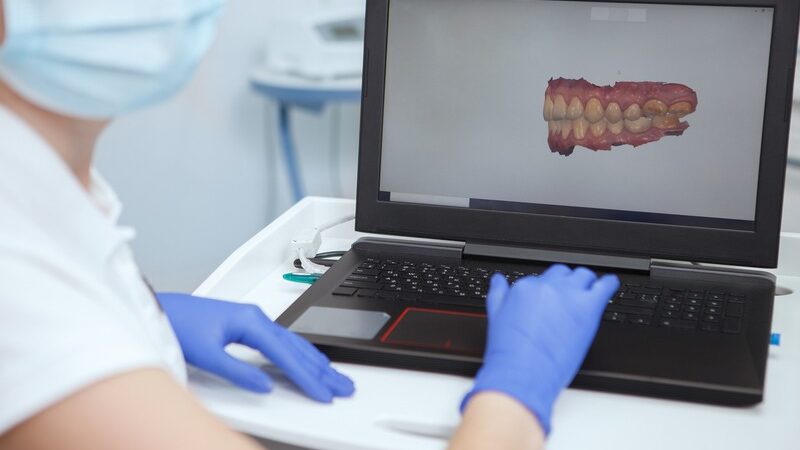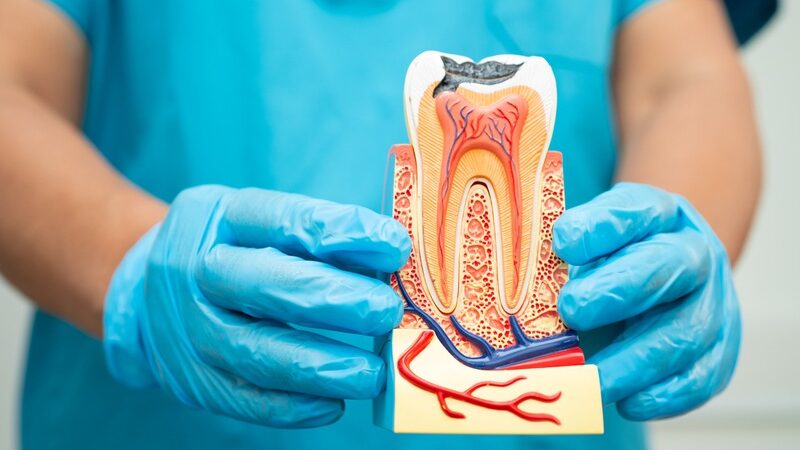The aging process alters everything: hair thins and grays while the skin becomes dry and wrinkles, and gravity affects once-firm flesh. Internal changes, however, could remain unnoticed until visible signs begin to appear. The appearance of a bigger prostate is a typical indication of these changes in males. A larger prostate doesn’t necessarily mean cancerous, but it could cause bothersome symptoms until it is addressed.
When the prostate gland is vast, the patient could suffer from pain in the region of the bladder or urinary system. When the prostate gland grows too massive, its weight may climb to 100 g. This disease, which is more often seen in older males, can cause severe problems in the health of the individual’s mind and overall well-being.
Signs of Prostate Enlargement
Men’s increasing prostate size usually causes urinary issues as he approaches middle age or even later. Let’s look at some of the most commonly observed signs of an increased prostate, so you should know what to watch for and when to make an appointment with a urologist.
1. Urinary Frequency and Urgency
Many of us have experienced our sleep disrupted by an overactive bladder. Although this can be the case for anyone, males with an enlarged prostate will be more frequently urinating. If you’ve developed an enlarged prostate and notice that the need to urinate frequently hinders your ability to get enough sleep (Ognomy), it could be one of the first symptoms you experience. Polyuria is the requirement to urinate eight or more times a day.
The urge to go to the restroom can become intense at moments. This happens because the larger prostate gland exerts more pressure on the urethra and the bladder, making it more difficult. To connect with a reputable facility like Rezum in Toronto, you can search online and check on the recommended sites or facilities specializing in prostate problem treatment.
2. Pain in Urination
The stress placed on the urinary and genitourinary systems can be painful. There’s plenty of pain in the process, and some are aggravated by trying to squeeze urine out. An enlarged prostate that isn’t treated may sometimes be traced back to an infection.
The obstruction of the flow from the bladder is among the complications of having an enlarged prostate. A higher level of bacteria will thrive and increase the chance of an illness. Inflammation of the prostate or prostatitis is a different type of urinary infection that requires treatment. You can find out here some articles about prostate ailments and their appropriate treatments.
3. Retention of Urine
The medical term urinary retention is the inability to empty one’s bladder. It’s a sign of a large prostate and a potential side effect. Get medical attention right away in the event of this condition. Urinary retention can be chronic or acute.
While acute urine retention resolves rapidly, persistent urinary retention is a constant source of difficulties. A catheter, a tiny tube placed by the doctor inside the bladder, is used to eliminate urine. The doctor may suggest surgery like a prostate resection to reduce the enlarged prostate’s size. Or, if the situation is dire, he may make an incision in the prostate to increase urethral patency.
4. Blood in Urine
A sign of an increased prostate size is the presence of blood in the urine. This could indicate the presence of additional issues like cancer or infection. There are two possible names for this.
Microscopic haematuria is a urine sample with blood that can only be seen in a microscope. If it is evident that blood is present within the urine, also known as gross haematuria, the urine appears red, pink, or brown.
5. Urinary Difficulty and Hesitancy
Reluctance or difficulty in passing urine is a typical warning indication. When the prostate swells and presses the urethra, it could stop urine from the bladder from leaving the body via the organs that are genital. Therefore, it is challenging to begin urinating, and you may need help completing the process.
This is why you may notice that your urine stream appears slow or weak, especially toward the end of your puke. This is known as “urinary dribbling.”






